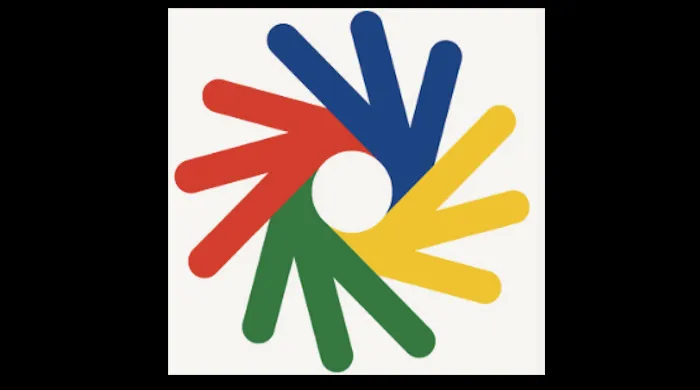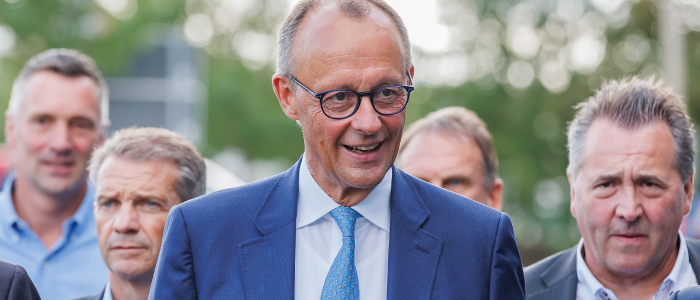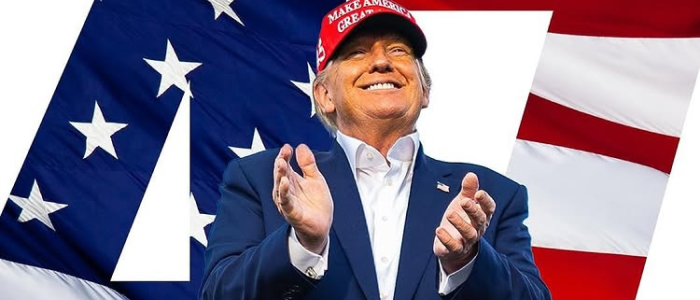“At the 2026 Deaflympics, cheers are banned. The roar of the crowd? It’s in your hands.” This statement, while a simplification for dramatic effect, captures a significant shift occurring within the world of sports.
The traditional experience of sports has long been dominated and shaped by auditory elements – the deafening roar of the crowd in a packed stadium, the sharp whistle of the referee signaling a foul, the enthusiastic voice of the commentator describing the action. However, a transformative revolution, driven by the increasing visibility and advocacy of deaf athletes and their communities, is gradually reshaping traditional sports culture.This movement is prompting innovative technologies, challenging long-held assumptions about how sports are experienced, and fostering a broader and more critical discussion about creating truly inclusive and accessible environments for all.

This evolution resonates deeply with my own experiences in the Paralympic movement, where I’ve witnessed firsthand the power of sports to transcend limitations and celebrate human potential. The central question that defines this evolving landscape, and the horizon we face, is this: Will mainstream sports fully embrace this paradigm shift, making accessibility an integral and essential component of the sporting experience for everyone? The Deaflympics: A Catalyst for Change and a Window to PotentialThe Deaflympics, officially known as the International Silent Games, serves as a crucial catalyst for this change and provides a compelling window into the untapped potential of sports beyond the confines of sound. It is a multi-sport event of significant historical importance, recognized by the International Olympic Committee (IOC) as the world’s second-oldest multi-sport event after the Olympics themselves.
Held every four years, the Deaflympics stands as a powerful and inspiring testament to the incredible athletic prowess, unwavering resilience, and remarkable achievements of deaf athletes hailing from nations across the globe. India’s own participation in the Deaflympics, while often facing challenges related to funding and awareness, has nonetheless showcased the talent and determination of its deaf athletes on the international stage, highlighting their dedication and skill.The Deaflympics operates under unique guidelines and principles that prioritize visual communication over auditory cues, fundamentally altering the traditional sporting experience.
Referees and other officials, for instance, utilize flags, hand signals, and other clearly visible visual cues instead of relying on the conventional sharp blast of a whistle to communicate with athletes and manage the flow of the game. Athletes, in turn, develop and rely heavily on visual cues, strategic body language, and sophisticated sign language to communicate effectively with their teammates, coaches, and support staff, both on and off the field.This emphasis on visual communication creates a distinct and compelling sporting environment, one that effectively highlights the exceptional athleticism, remarkable skill, strategic brilliance, and intense focus of deaf athletes in ways that traditional, auditory-centric sports often overlook.
While obtaining precise global viewership figures for the Deaflympics can sometimes be challenging, the event has consistently demonstrated significant growth in both participation numbers and increasing media attention in recent years, indicating a growing recognition of deaf athletes’ capabilities. Expanding the Sensory Horizon: The Evolution of Inclusive StadiumsWhile the concept of fully “silent stadiums” might be an oversimplification, the push for the development of more inclusive stadium and arena environments is steadily gaining momentum within the sports industry. This trend involves a deliberate and thoughtful incorporation of various design and technological features that aim to enhance the overall experience for all spectators, including deaf and hard-of-hearing individuals.
Key elements of this move towards greater inclusivity include the widespread adoption of enhanced visual displays. Large, high-resolution screens are increasingly becoming standard features in modern stadiums, offering replays, close-ups, and game information. These displays can be further utilized to provide features such as captions for announcements and commentary, as well as real-time text commentary of the game, significantly improving the accessibility and enjoyment of the event.
Emerging technologies such as augmented reality (AR) and virtual reality (VR) also hold promise for customized viewing experiences. Reimagining Communication: Expanding the Language of the GameTraditional sports have historically relied heavily on auditory communication, which creates barriers for deaf athletes and officials. This reliance on sound is prompting a re-evaluation of communication methods.
Visual signals, as effectively demonstrated in the Deaflympics, are crucial. Flags, hand gestures, and other visual cues are gaining prominence in mainstream sports. Technology-assisted communication is also being explored, with wearables and displays aiding athlete-official communication.
These changes enhance clarity and reduce ambiguity, improving the game for all participants.The Growing Recognition and Importance of Sign LanguageThe crucial role and profound importance of sign language in sports are also gaining increasing recognition. The provision of sign language interpretation for sports broadcasts and press conferences is becoming more common, significantly increasing the accessibility and enjoyment of sports for deaf and hard-of-hearing viewers.
This requires skilled interpreters who can convey not only the information about the game but also the excitement and emotion of the event, allowing deaf and hard-of-hearing fans to fully participate in the shared experience of watching and celebrating sports. My involvement in the Paralympic movement has reinforced my belief in the power of sports to connect people across communication barriers. The Evolving Inclusivity Horizon: A Commitment to ProgressThe momentum behind the push for greater accessibility and inclusion in sports is steadily growing, driven by advocacy from deaf athletes and communities, as well as a growing awareness of the benefits of creating accessible environments.
This movement is pushing sports organizations at all levels to implement meaningful accessibility guidelines and policies, ensuring that sports are welcoming and inclusive to everyone. It is also fueling technological innovation, driving the development and adoption of new technologies that enhance visual and tactile communication. Crucially, it necessitates a widespread effort in education and awareness, aimed at raising understanding and sensitivity among athletes, coaches, officials, and fans regarding the specific needs and communication preferences of deaf and hard-of-hearing individuals.
Navigating the Ethical Landscape: Balancing Progress and PreservationWhile the overall movement towards greater inclusivity and accessibility in sports is undoubtedly a positive development, it also raises certain ethical considerations and presents ongoing challenges that need to be carefully addressed. One important consideration is the paramount need for cultural sensitivity. It is crucial to approach these changes with a deep respect for the deaf community, their rich language and culture, and their unique perspectives on sports and communication.
Another challenge lies in balancing the desire for enhanced accessibility with the practical and financial considerations of implementing new technologies and infrastructure upgrades. Finding sustainable and cost-effective solutions is essential to ensure that accessibility measures are widely adopted and maintained over the long term. Furthermore, it is important to carefully consider how changes to the sporting experience might affect the overall atmosphere and excitement of the game for all spectators.
The goal, as I’ve come to appreciate through my work with the Paralympics, is to enhance accessibility and inclusivity without compromising the core elements that make sports such a captivating and engaging experience for individuals from all walks of life. A Vision for Inclusive Sports: Transcending Limitations and Uniting HumanityMy experiences as the Awareness and Impact Ambassador for the Paralympic Committee of India and as India’s first & world’s youngest Deputy Chef De Mission for the Indian contingent at the Tokyo 2020 Paralympic games have only strengthened this conviction. By wholeheartedly embracing inclusive innovation, fostering a culture of profound respect for diversity, and committing to ongoing dialogue and collaboration, we can collectively create a sporting world that truly belongs to everyone, regardless of their background, abilities, or communication preferences, uniting humanity in the shared joy and excitement of athletic competition.
It is a journey that requires continued collaboration, ongoing innovation, and a shared commitment to making sports a truly universal language that unites people from all walks of life, celebrating the power of the human spirit to overcome challenges and achieve greatness in the face of adversity.Arhan Bagati is a youth leader from Kashmir and the founder of KYARI, a non-profit organization addressing critical issues in the region. He is also the Awareness and Impact Ambassador for the Paralympic Committee of India and is currently pursuing a Master’s in Public Policy at the John F.
Kennedy School of Government at Harvard University. His commitment to social change was recently further acknowledged when Hindustan Times named him a 30 Under 30 – Social Impact Leader. The post The Quiet Revolution appeared first on Greater Kashmir.
.
Politics

The Quiet Revolution

Reshaping the Sports Horizon with InclusivityThe post The Quiet Revolution appeared first on Greater Kashmir.















